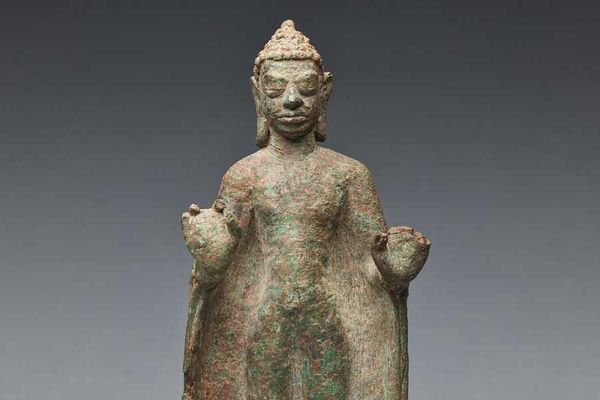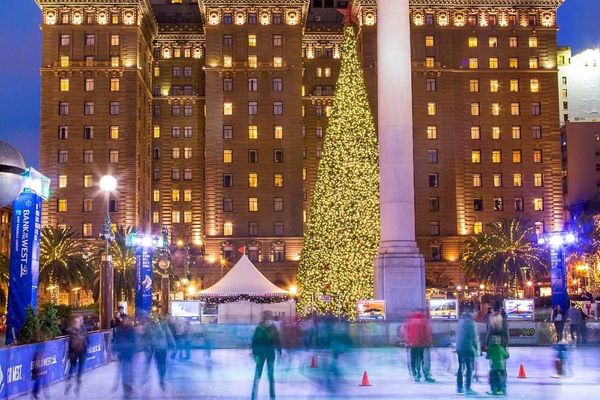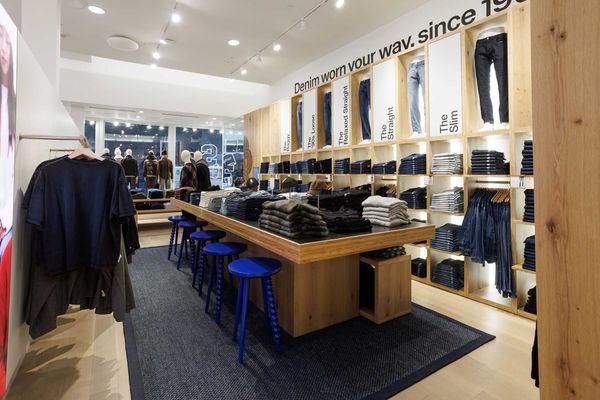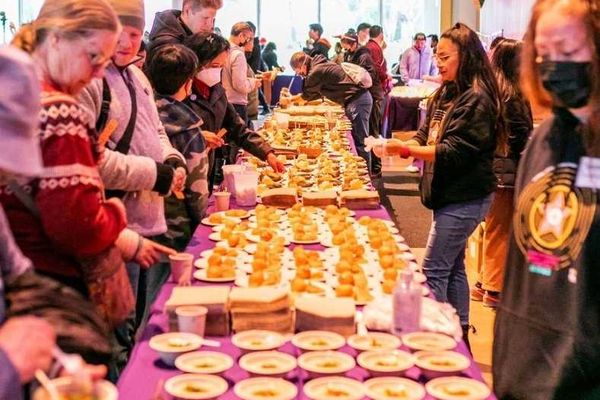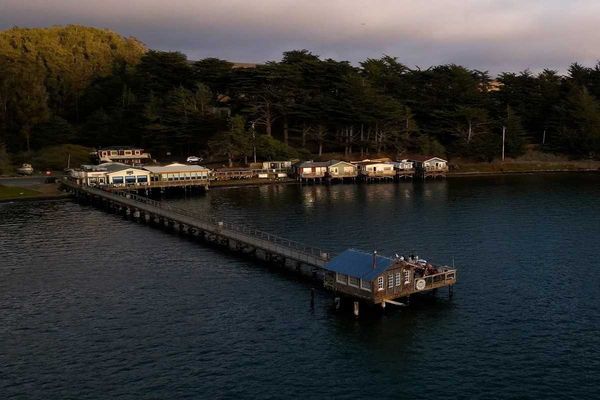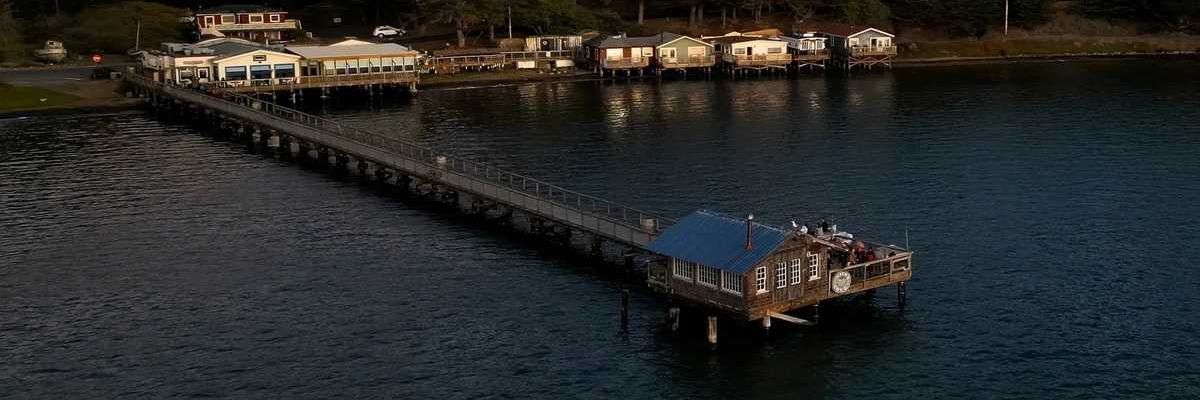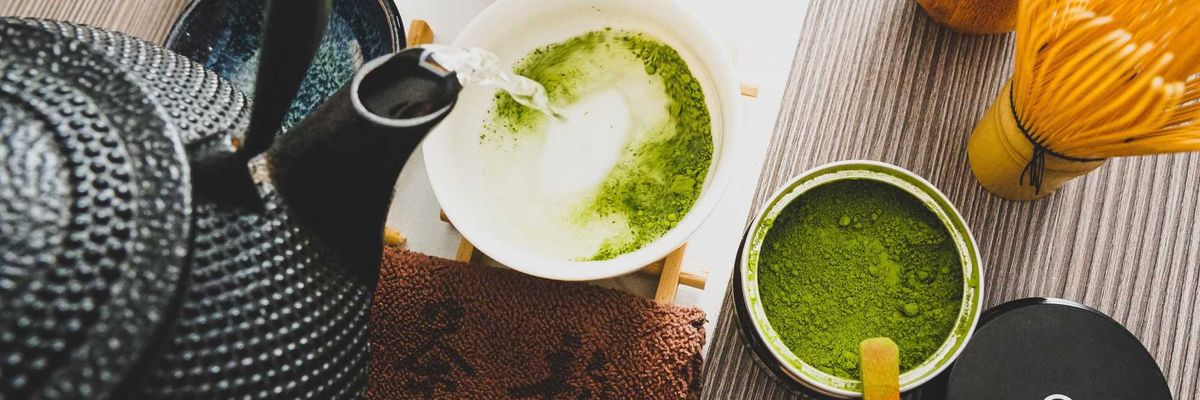“There’s a scourge of bad flags, and they must be stopped,” says Roman Mars, the 99% Invisible podcast host who is taking it upon himself to design a flag that's worthy of San Francisco.
In a recent TED talk entitled “Why city flags may be the worst-designed thing you’ve never noticed,” Mars, a former 7x7 Hot 20 honoree, called out city flags for falling down on their job, which should be to rally a city around one strong, recognizable, well designed image. Post-talk, the folks over at Autodesk called up Mars and struck up a collaboration: Together, Mars and Autodesk are out to redesign the SF flag, via a public contest this November.
But first things first: What makes a flag good or bad, you might ask. According to Ted Kaye, author of Good Flag, Bad Flag, published by the North American Vexillological Association (aka the flag experts), there are five rules of good flag design: Keep it simple; use meaningful symbolism; use two to three basic colors; no lettering or seals; and be distinctive. According to these rules, San Francisco flag fails bigtime.
“Design-wise, it manages to be too crude and have too many details at once,” says Mars.
Not to mention its imagery, which is kind of confusing. Central to our city's flag is a phoenix, suggesting rebirth and the city rising from the ashes. Okay. But this phoenix does not represent, contrary to popular belief among those who've ever given it any thought, SF's rebirth after the 1906 quake. As Autodesk's Rama Dunayevich explains, the flag was created pre-quake in 1902, and its phoenix calls to mind the ashes left over from the fires of the 1850s. That is, it would, if anyone in modern-day SF had any recollection of that moment in our history.
“The city flag doesn’t have any sort of resonance for the city of San Francisco,” Dunayevich syas. “We lose a tremendous opportunity because we don’t have a symbol to tap into.” Take Chicago as an example: In the Windy City, according to Mars' talk, the flag is so prominent as to be found in barber shops, on coffee cups, and draping the caskets of fallen Chicago police officers in place of the usual American flag.
Dunayevich also points to the LGBTQ rainbow flag, which even has a spot in MOMA's permanent collection, as a strong community rally point. “The design of a flag is so important to feelings of inclusivity and togetherness, and a great design can really be a catalyst for people of all ages and all political backgrounds or proclivities to stand behind and feel proud,” she says.
So what can be done about the SF flag?
“The first step is to recognize we have a problem,” says Mars. And so far, he seems to have no opposition. Mars and Autodesk plan to launch a public design contest, likely in November. A jury of local government officials, designers, and Mars himself will select the winning design.
Dunayevich hopes this new flag will become a unifying symbol for San Franciscans; Mars believes a good flag will encourage locals to support their city and its improvement projects.
// Stay tuned for updates on the flag redesign and contest at sanfranciscoflag.com; or follow @sfflag on Twitter.







